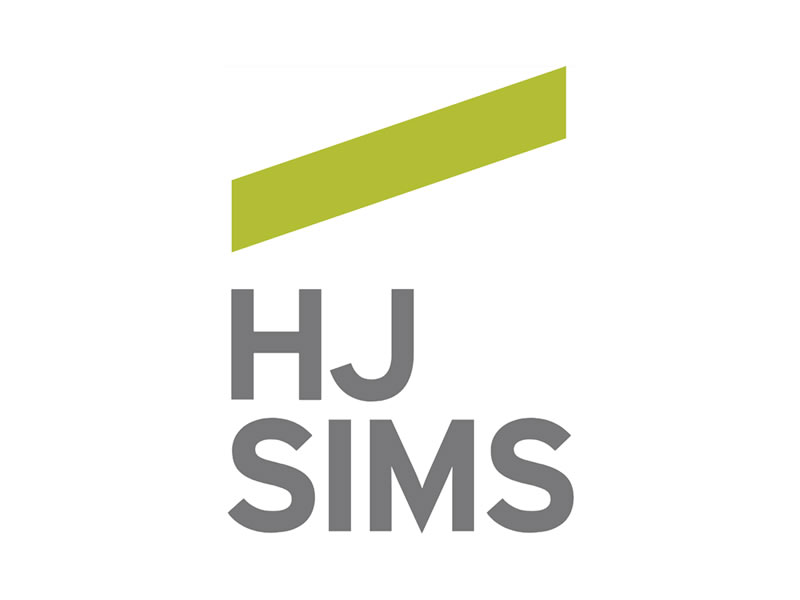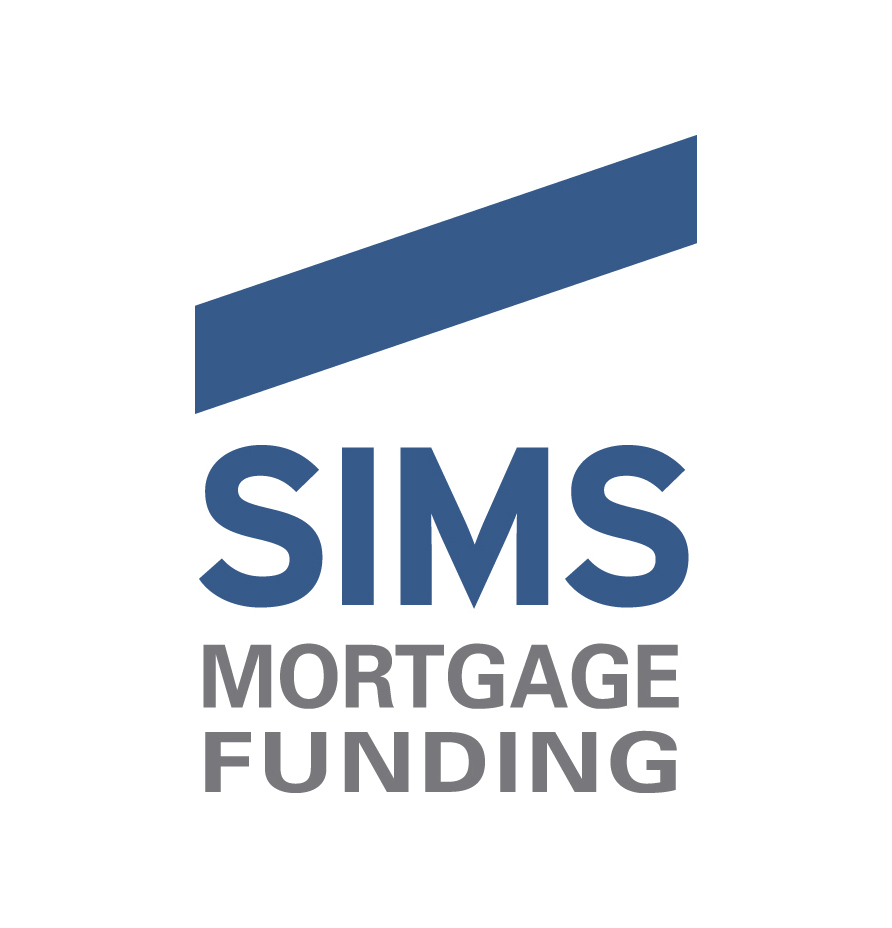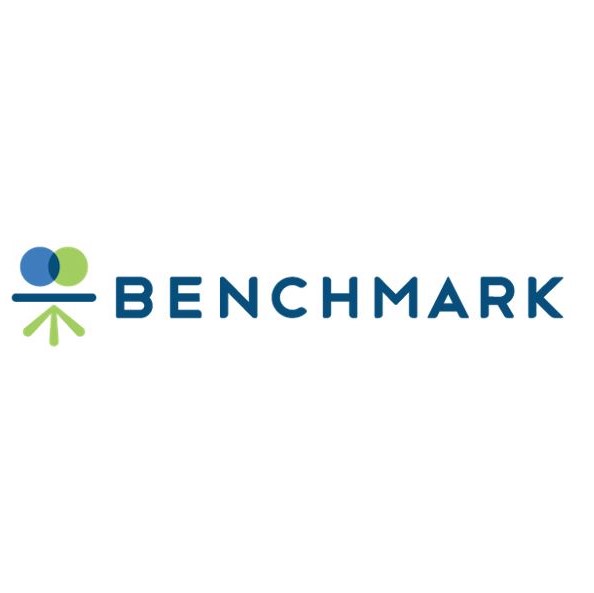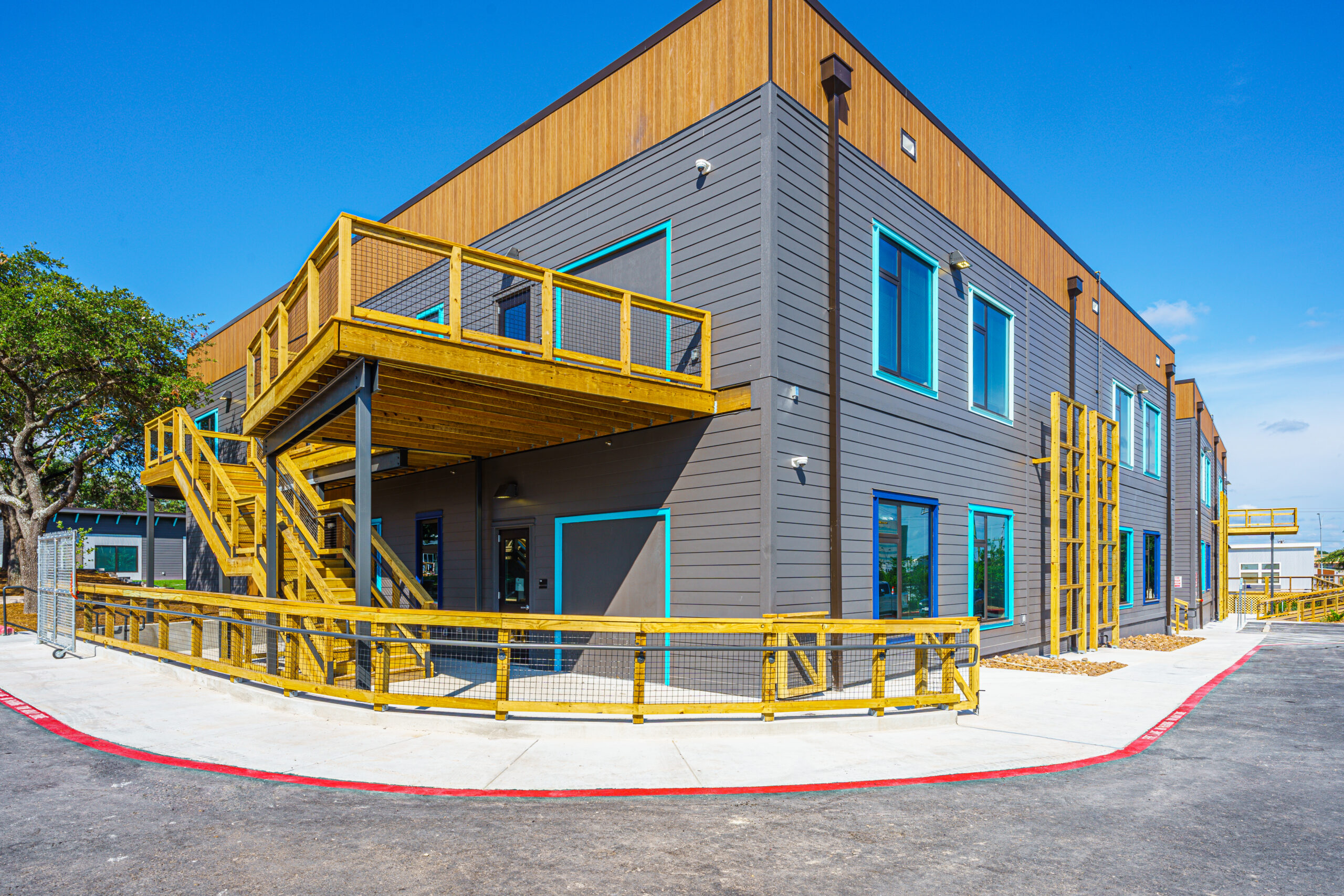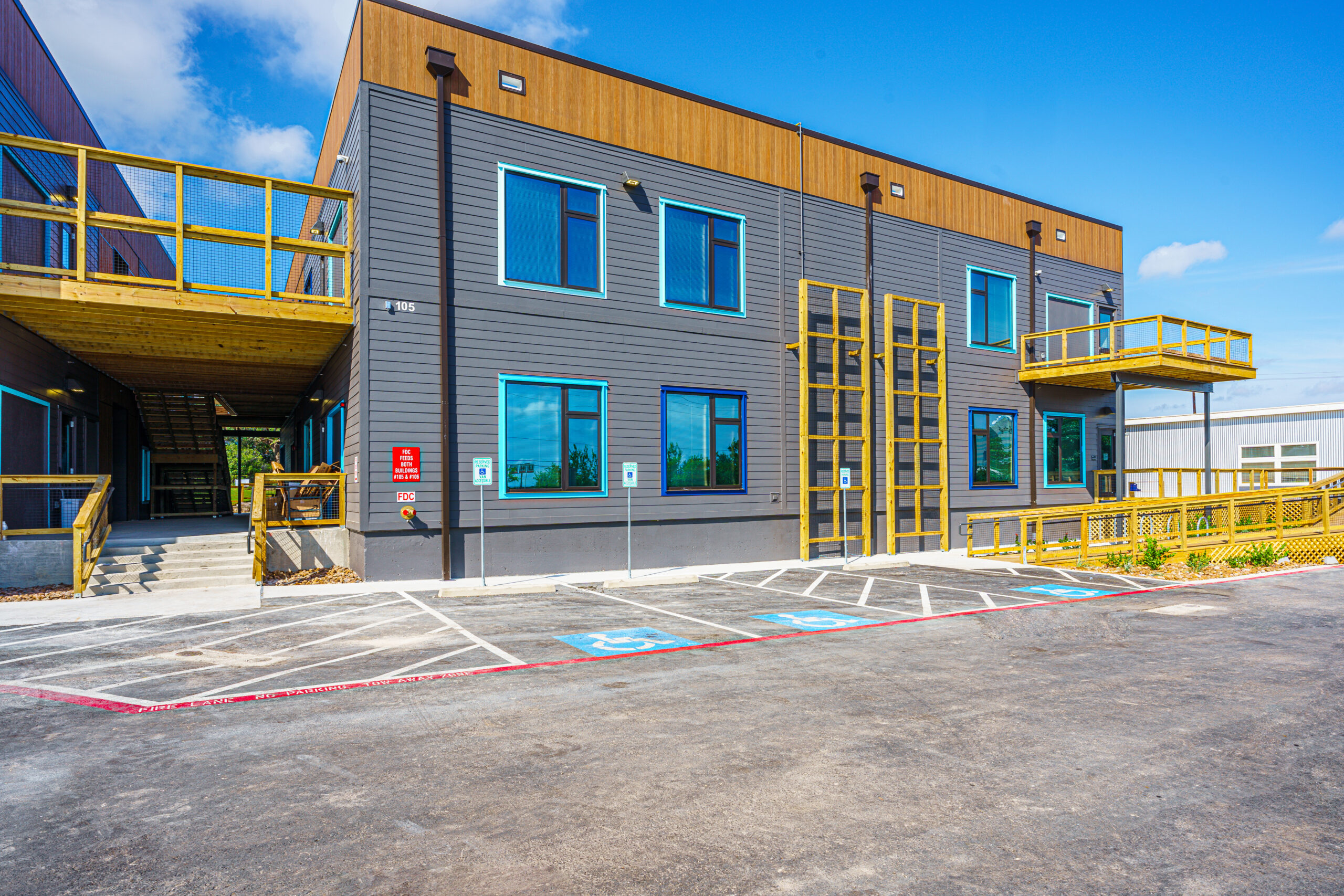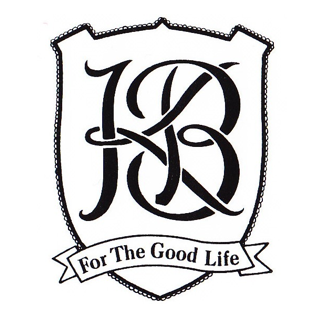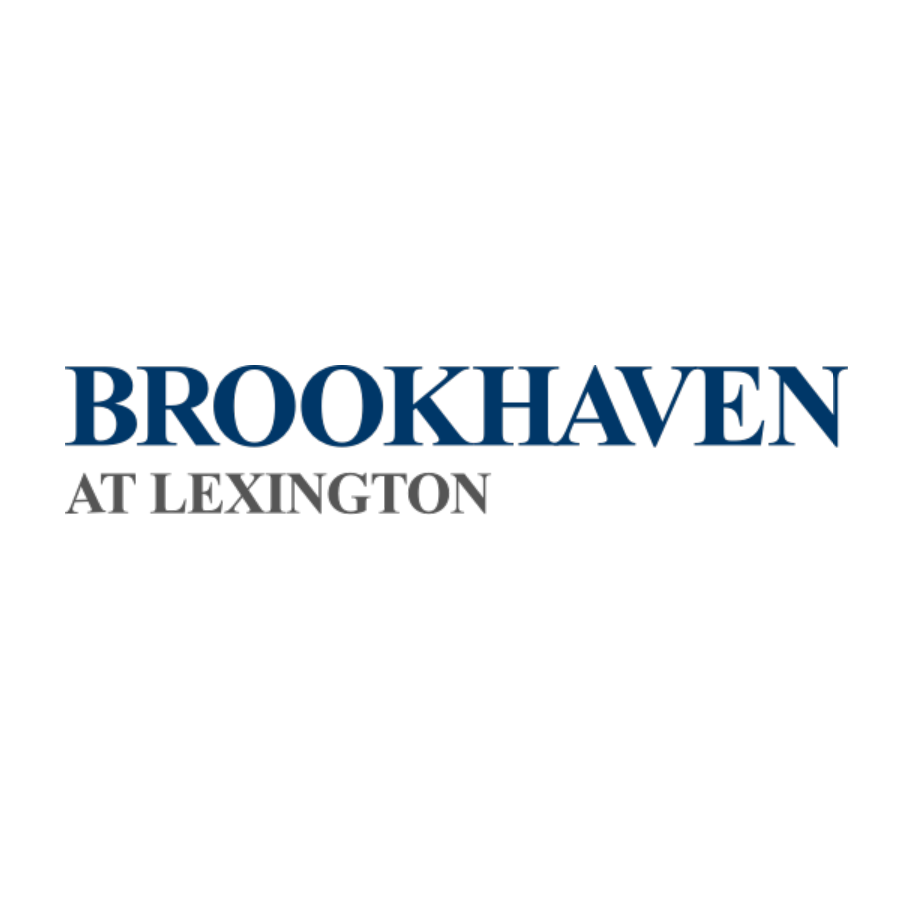In Department of Defense terminology, CONOPS stands for a concept of operations, a statement that concisely expresses what a commander intends to accomplish and how it will be done using available resources. As the first quarter of 2022 draws to an end, individual investors may see the need to create or revise their own individual investment CONOPS after some in-depth communications with our trusted financial planners, counsel, tax advisers and investment professionals.
Continue readingSims Mortgage Funding Closes Complex Construction Loan For Multifamily Rental Housing
HJ Sims Partners with Mease Life, a Life Plan Community located in Dunedin, Florida, to successfully complete turnaround financing for the community, which offers both rental and Type C contracts, and consists of 185 independent living units, 104 assisted living units, 32 memory care units, and 62 skilled nursing beds,
Continue readingHJ Sims Market Commentary: Friend or Foe?
In Department of Defense terminology, CONOPS stands for a concept of operations, a statement that concisely expresses what a commander intends to accomplish and how it will be done using available resources. As the first quarter of 2022 draws to an end, individual investors may see the need to create or revise their own individual investment CONOPS after some in-depth communications with our trusted financial planners, counsel, tax advisers and investment professionals.
Continue readingHJ Sims Market Commentary: Dancing in the Clouds
In Department of Defense terminology, CONOPS stands for a concept of operations, a statement that concisely expresses what a commander intends to accomplish and how it will be done using available resources. As the first quarter of 2022 draws to an end, individual investors may see the need to create or revise their own individual investment CONOPS after some in-depth communications with our trusted financial planners, counsel, tax advisers and investment professionals.
Continue readingFirst Community Village (March 2022)
HJ Sims Partners with Mease Life, a Life Plan Community located in Dunedin, Florida, to successfully complete turnaround financing for the community, which offers both rental and Type C contracts, and consists of 185 independent living units, 104 assisted living units, 32 memory care units, and 62 skilled nursing beds,
Continue readingHJ Sims Market Commentary: Mega Meta Menu
In Department of Defense terminology, CONOPS stands for a concept of operations, a statement that concisely expresses what a commander intends to accomplish and how it will be done using available resources. As the first quarter of 2022 draws to an end, individual investors may see the need to create or revise their own individual investment CONOPS after some in-depth communications with our trusted financial planners, counsel, tax advisers and investment professionals.
Continue readingToby and Leon Cooperman Sinai Residences of Boca Raton (March 2022)
HJ Sims Partners with Mease Life, a Life Plan Community located in Dunedin, Florida, to successfully complete turnaround financing for the community, which offers both rental and Type C contracts, and consists of 185 independent living units, 104 assisted living units, 32 memory care units, and 62 skilled nursing beds,
Continue readingHJ Sims Market Commentary: Strictly Personal, 87 Years Later
In Department of Defense terminology, CONOPS stands for a concept of operations, a statement that concisely expresses what a commander intends to accomplish and how it will be done using available resources. As the first quarter of 2022 draws to an end, individual investors may see the need to create or revise their own individual investment CONOPS after some in-depth communications with our trusted financial planners, counsel, tax advisers and investment professionals.
Continue readingBenchmark V Series IV and Benchmark VI Series III (January 2022)
HJ Sims Partners with Mease Life, a Life Plan Community located in Dunedin, Florida, to successfully complete turnaround financing for the community, which offers both rental and Type C contracts, and consists of 185 independent living units, 104 assisted living units, 32 memory care units, and 62 skilled nursing beds,
Continue readingHJ Sims Triumphs in Closing USDA Financing for Evenglow’s $32 Million Expansion Project
HJ Sims announces the closing of a $32 million USDA-financed expansion project for Evenglow Lodge in Pontiac, IL. In accordance with USDA-debt requirements, proceeds of the financing will be used for the construction of 76 replacement assisted living units, common space and other space used by the Health Center, as well as for the demolition of the existing assisted living structure.
Continue readingHJ Sims Market Commentary: Thoroughfares and Flows
In Department of Defense terminology, CONOPS stands for a concept of operations, a statement that concisely expresses what a commander intends to accomplish and how it will be done using available resources. As the first quarter of 2022 draws to an end, individual investors may see the need to create or revise their own individual investment CONOPS after some in-depth communications with our trusted financial planners, counsel, tax advisers and investment professionals.
Continue readingAn Exclusive Investment Opportunity: The Gathering Place
HJ Sims Places Fannie Mae Loan for a Recently Completed Assisted Living and Memory Care Community in the Mountain West
HJ Sims is pleased to announce the successful closing of a November 2021, $398.1 million tax-exempt and taxable bond issue for Purchase Senior Learning Community, Inc., formed to develop a new university-based retirement community, Broadview at Purchase College, being constructed on the State University of New York Purchase College campus in Purchase, NY.
Continue readingEvenglow Lodge (March 2022)
HJ Sims Partners with Mease Life, a Life Plan Community located in Dunedin, Florida, to successfully complete turnaround financing for the community, which offers both rental and Type C contracts, and consists of 185 independent living units, 104 assisted living units, 32 memory care units, and 62 skilled nursing beds,
Continue readingHJ Sims Market Commentary: Going Gray
In Department of Defense terminology, CONOPS stands for a concept of operations, a statement that concisely expresses what a commander intends to accomplish and how it will be done using available resources. As the first quarter of 2022 draws to an end, individual investors may see the need to create or revise their own individual investment CONOPS after some in-depth communications with our trusted financial planners, counsel, tax advisers and investment professionals.
Continue readingKing’sBridge Retirement Center (March 2022)
HJ Sims Partners with Mease Life, a Life Plan Community located in Dunedin, Florida, to successfully complete turnaround financing for the community, which offers both rental and Type C contracts, and consists of 185 independent living units, 104 assisted living units, 32 memory care units, and 62 skilled nursing beds,
Continue readingHJ Sims Market Commentary: A Bushel and a Peck
In Department of Defense terminology, CONOPS stands for a concept of operations, a statement that concisely expresses what a commander intends to accomplish and how it will be done using available resources. As the first quarter of 2022 draws to an end, individual investors may see the need to create or revise their own individual investment CONOPS after some in-depth communications with our trusted financial planners, counsel, tax advisers and investment professionals.
Continue readingHJ Sims Congratulates Brookhaven at Lexington for Achieving a “AA-” Credit Rating from Fitch
“When our Board of Trustees chose HJ Sims to represent Clark in identifying and evaluating potential affiliation partners it was due to two key factors: 1) HJ Sims reputation and experience in working with non-profit, faith based Life Plan Communities through this process and 2) Clark’s ability to work with Lynn Daly. Lynn has consistently demonstrated to me and my Board a willingness to know and embrace our mission, vision and values over the time we have worked with her. She is also honest and frank about the process and how it will work. We are very pleased with the work and support received from HJ Sims and Lynn Daly and we look forward to continuing our relationship with them for years to come.” – Brian Pangle, President/CEO, Clark
Continue readingHJ Sims Market Commentary: Proud as a Peacock
In Department of Defense terminology, CONOPS stands for a concept of operations, a statement that concisely expresses what a commander intends to accomplish and how it will be done using available resources. As the first quarter of 2022 draws to an end, individual investors may see the need to create or revise their own individual investment CONOPS after some in-depth communications with our trusted financial planners, counsel, tax advisers and investment professionals.
Continue readingAssisted Living and Memory Care Community in the Mountain West (January 2022)
HJ Sims Partners with Mease Life, a Life Plan Community located in Dunedin, Florida, to successfully complete turnaround financing for the community, which offers both rental and Type C contracts, and consists of 185 independent living units, 104 assisted living units, 32 memory care units, and 62 skilled nursing beds,
Continue reading